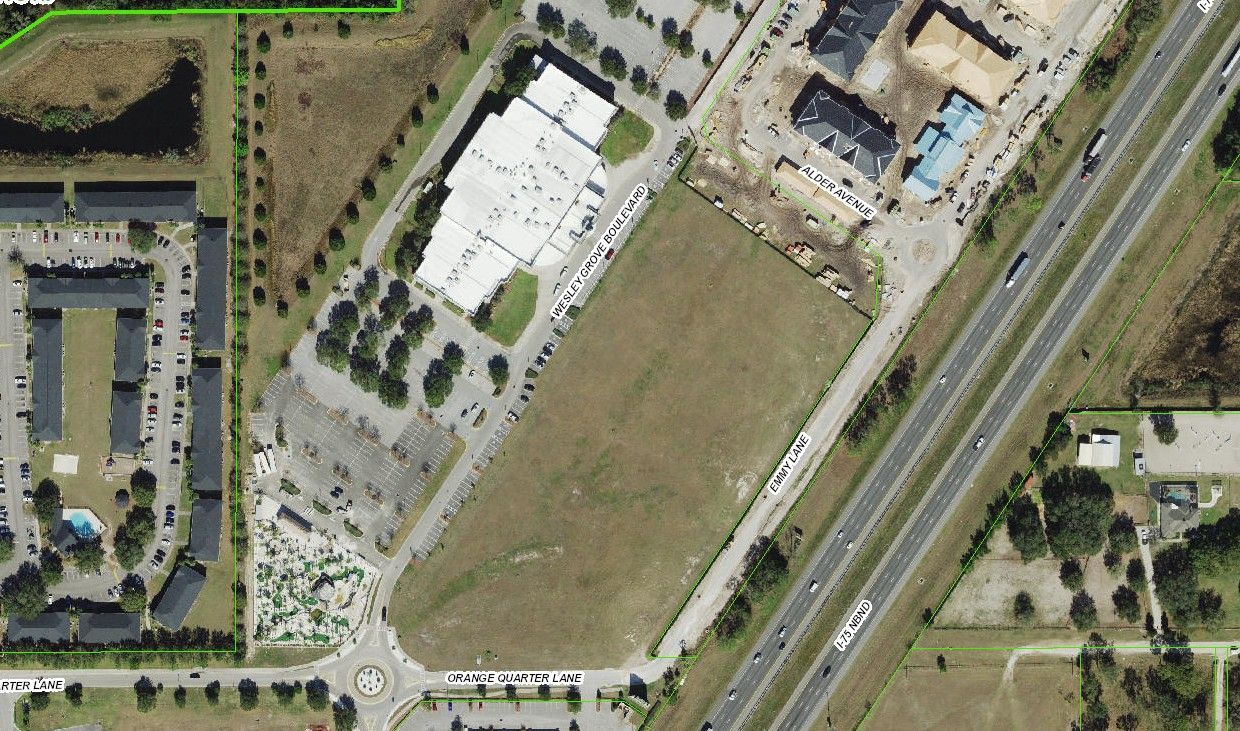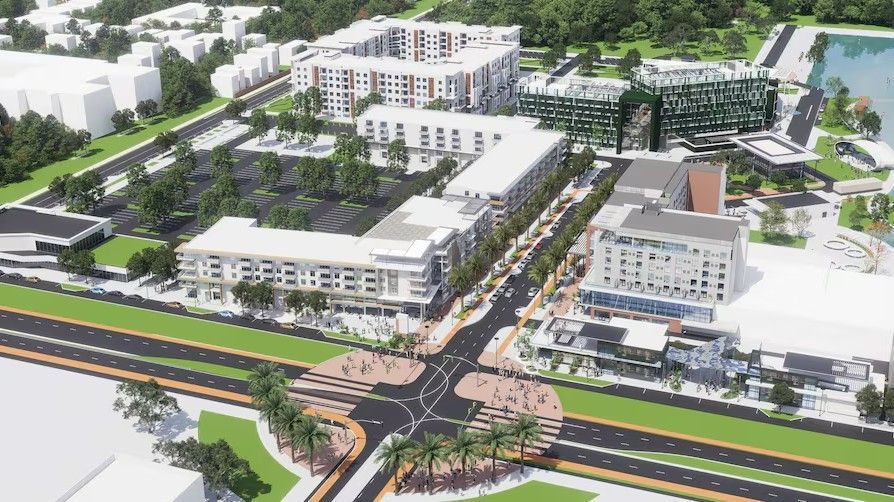State considers easing growth limits in the Florida Keys
The Florida Department of Commerce is planning an amendment of some of the most restrictive growth rules in the state, in the Florida Keys. It could potentially open the door for as many as 8,000 new homes and businesses supercharging Monroe County’s construction industry and economy in one of Florida’s most famous tourist destinations. The Key’s is a hot zone for hurricanes, and is experiencing tidal flooding, and faces billions of dollars’ worth of projects to raise roads and repair aging wastewater and water supply systems. Packing more people into the zone also increases worry of the impacts it would have on declining coral reefs, fish populations, and sea grass beds.
Getting people out of the Keys during tropical storms and hurricanes is always a challenge for the area in a 113-mile-long chain that has been hit/brushed by tropical storms/hurricanes 10 times since 2000 and only has one major road in and out.
Landowners denied building permits are expected to support easing building rules, but longtime residents and environmental groups argue easement of rules would be the wrong move. Environmental attorney Richard Grosso has represented several residents of the Keys in litigation against state efforts to increase development told the Miami Herald “With rapid intensification of tropical storms into major hurricanes becoming a worsening problem, how does anyone justify increasing or removing the evacuation-based development limits in the Keys”.
The keys were declared an area of critical state concern in the 1970’s in response to surging development that included plans to build high rises in Marathon. The designation aimed to protect marine systems and ensure resident safety when it came to giving residents enough opportunity to evacuate the archipelago along the overseas highway within a 24-hour window. All development under the critical concern designation meant all development was regulated by a complicated law called the Rate of Growth Ordinance (ROGO), requiring that property owners go through countless steps that can take decades to navigate before receiving a building permit.
The existing rules have not made building in the keys impossible, but development has slowed to a trickle. The once-seasonal tourist economy of the keys has become a year-round destination and people buying permanent and vacation homes has continued to grow, driving up demand for real estate and prices. The law was intended to be revisited every decennial census, putting growth rules back up for review.
Any proposed changes to the rules must be approved by Florida Legislature and the governor. The latest census recorded a population of nearly 80,000 – around 10,000 more than the 2010 census, and the state is studying plans that reflect the increase of population. Numerous plans could be up for discussion, such as clearing the way for construction permits on almost evert undeveloped lot purchased over the years in the Keys. The Florida Department of Commerce has recorded 7,954 undeveloped lots.
The process was outlined on the department website this month and included possible changes to hurricane evacuation timing: “An analysis of the updated hurricane evacuation modeling, along with public comment and local government input, will be used to make policy and rule recommendations to the Florida Governor, Cabinet, and Legislature.”
Shillinger, Monroe County attorney believes that the county will push for a compromise that would not allow every lot to suddenly be allowed to obtain building permits. A careful look at the rise of vacation homes will specifically be looked at. “While we’re seeing an increase in Census population, we’ve also seen an increase in the numbers of second and third homes,” Shillinger said. “How do they factor into the model? Well, the standard for 24 hours is permanent residents, so, theoretically, a vacation rental doesn’t count in the 24-hour evacuation period.” Even allowing half of the number of lots to be developed would transform communities and represent a major surge of construction.
Permitting and evacuation issues are likely to be discussed during the December 13th Monroe County Commission meeting. This meeting will likely see a vote for a recommendation to pass on to the legislature when it comes into session in January.
Additionally, under current rules Monroe County is supposed to cease granting new building permits for undeveloped properties after 2023, which exposes both the county and taxpayers to billions or more in liability in takings from lawsuits from landowners who are flat-out refused permits. If the government prohibits owners from developing land, by law, they must pay what a court decides is fair market value for the property. Thousands of cases could be faced if the 2023 deadline is maintained. In the end, according to the Key West attorney David Paul Horan, local governments will have to issue all withstanding building permits or pay landowners market value for their properties.
Those who oppose a revision to the law say people gambled on obtaining rare building permits when they went through with land purchases in the keys. A state review in 2012 allowed limited new permits and called for a permanent building cap to kick in 2023. Concerns beyond pollution and overuse of marine ecosystems include that new bursts of building would strain the Key’s already stressed infrastructure. Drinking water, sewage systems, roads, and schools all need expansions or overhauls already. Three consecutive breaks in the underground freshwater main occurred in March alone and created an emergency system for thousands from the Upper Keys to Key West.
Additionally, parts of the centralized wastewater system – only five years old – began leaking sewage into nearshore waters and it carries a $16-million repair price tag. Looming bills for projects intended to create a buffer from impacts of climate change pushed Monroe County to raise sales taxes by 1%, placing much of the costs on tourists.
Another worry is public safety changes to timelines for hurricane evacuations. A state proposal could up allowable evacuation time for those on the Keys to go from 24 to 31 hours, meaning emergency managers must make evacuation calls sooner. Some argue that this would underestimate real-world evacuation challenges, seeing as people trying to flee Monroe would meet congestion from those fleeing South Florida areas such as Miami, Homestead, and West Palm Beach. The Overseas Highway, spanning one lane each direction for most of the way between Key West and Key Largo sees frequent backups from increasing visitors and residents.
These are all major points that will need to be considered by the State if easing growth limits for development.
Source - Tampa Bay Times
Thank you for your interest. For more information or to get help in determining the value of your property please call or email Mike Cliggitt, MAI, MRICS, CCIM!
Mike Cliggitt, MAI, MRICS, CCIM
813-405-1705 Direct Line
SHARE CONTENT





